Dark Side of the Moon (film)
8 /10 1 Votes
82% Rotten Tomatoes Genre Comedy, Drama Duration | 7.8/10 IMDb 7.1/10 Top Documentary Films Cinematography Stephane Saporito Country France | |||||||||||||||||||||||||||||||||
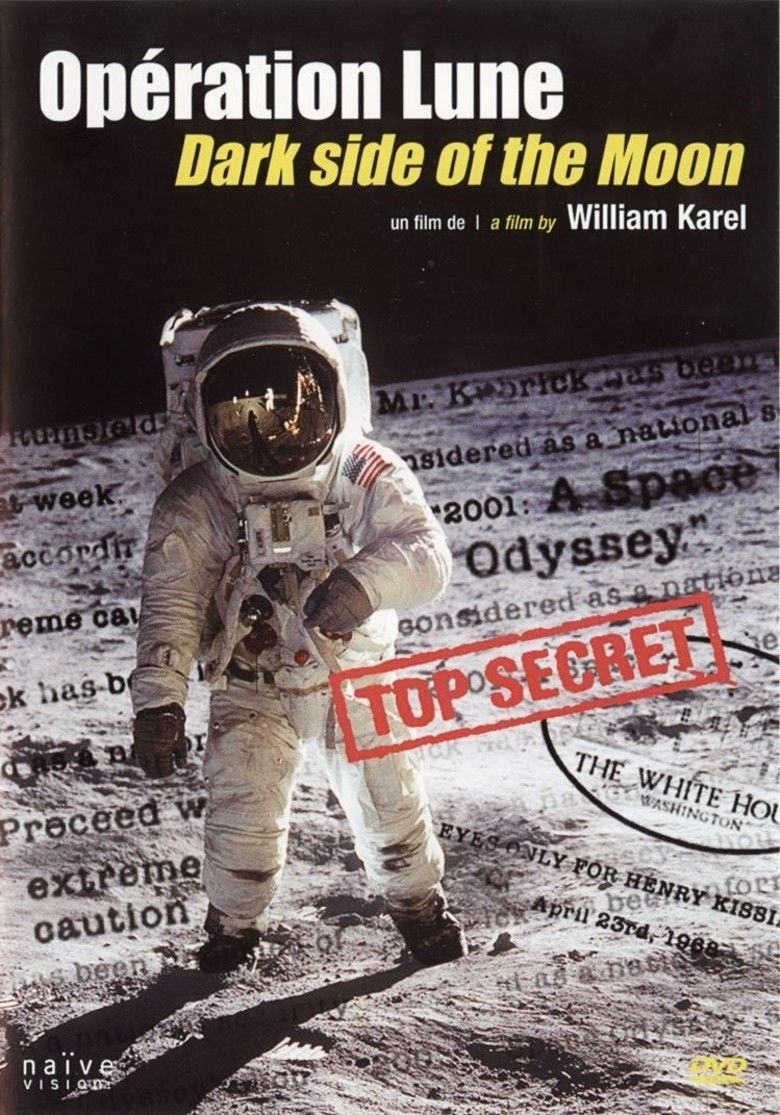 | ||||||||||||||||||||||||||||||||||
Release date 16 October 2002, France Producers Luc Martin-Gousset, Jean-Paul Llamazares, Emmanuelle Fage, Vincent Decis Cast Similar movies Police State 2000 , Comprehensive Annual Financial Reports Exposed , Police State II: The Take Over , Police State III: Total Enslavement , Mission: Impossible II , Bruce Almighty | ||||||||||||||||||||||||||||||||||
The making of dark side of the moon documentary
Dark Side of the Moon is a French mockumentary by director William Karel which originally aired on Arte in 2002 with the title Operation Lune. The basic premise for the film is the theory that the television footage from the Apollo 11 Moon landing was faked and recorded in a studio by the CIA with help from director Stanley Kubrick. It features some surprising guest appearances, most notably by Donald Rumsfeld, Dr. Henry Kissinger, Alexander Haig, Vernon Walters, Buzz Aldrin and Stanley Kubricks widow, Christiane Kubrick.
Contents
- The making of dark side of the moon documentary
- Plot summary
- Development
- Elements
- Special effects
- Giveaways
- Actual witnesses
- Fictitious witnesses
- Reception
- Dark Side of the Moon and moon landing conspiracy theories
- Awards
- Influences
- The Zeiss 107 50 mm lens story
- Similar Movies
- Literature
- References
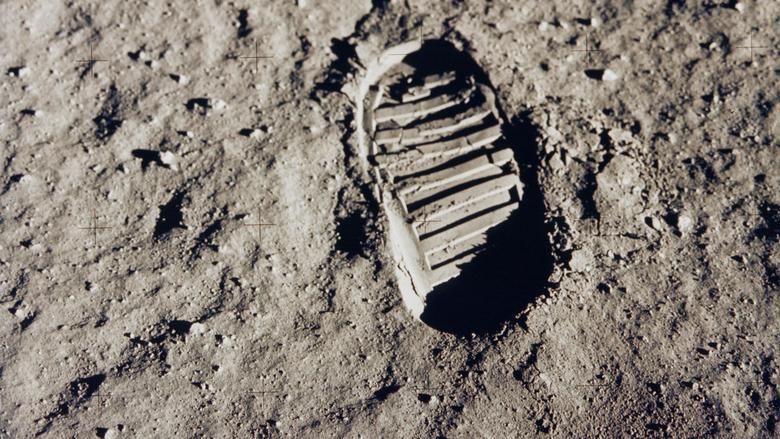
A French documentary or, one might say more accurately, a mockumentary, by director William Karel which originally aired on Arte in 2002 with the title Opération Lune. The basic premise for the film is the theory that the television footage from the Apollo 11 Moon landing was faked and actually recorded in a studio by the CIA with help from director Stanley Kubrick.
Plot summary

The first part tells in an apparently neutral way the inception of the NASA lunar programme, emphasizing the issues related to its funding and the necessary public support to the programme. NASA regards Stanley Kubricks 2001: A Space Odyssey as the prototype of the show that the space programme needs to be in order to gain this support, leading them to pimp up the spacesuits and vessels and even to hire 700 Hollywood technicians, making all of Hollywood stop working on other projects. But the outcome of Apollo 11 is disappointing: although the landing is successful, Neil Armstrong makes a fool of himself and not a single shot of the moonwalk is usable.
The incapability of shooting images on the moon had been anticipated by Richard Nixon and his staff who had decided to fake the pictures on the moon, using the set of 2001 that was still available in London. Kubrick had refused, then accepted and finally directed the fake footage himself, appalled by the lack of skills of the CIA crew. KGB soon realized that "the whole thing was a hoax", that Apollo 11 had indeed landed but it was physically impossible to make pictures in the lunar environment. Besides, they had found a photo showing a portrait of Kubrick lying on the false lunar soil in the studio.
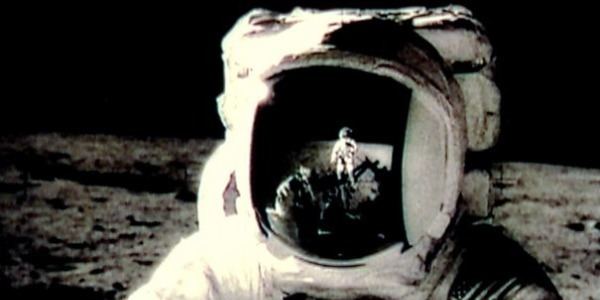
After the success of the fake footage, Nixon gets scared that the truth might be discovered, and in a drunken state asks CIA colonel George Kaplan to dispose of the whole film crew. The next morning he tries to cancel the order, but its too late: meanwhile Kaplan has gone mad, sent his killers and disappeared. The death squad goes to Vietnam where the film crew has sought refuge, but is immediately caught by the villagers: despite perfect accent and disguise, their commanding officer was black. Nixon decides to pull out the big guns and sends 150,000 men and a half of the 6th fleet to find and kill the four members of the crew. They fail. CIA takes over and assassinates them all but one, who takes shelter in a yeshiva in Brooklyn where he dies ten years later. Only Kubrick is spared.
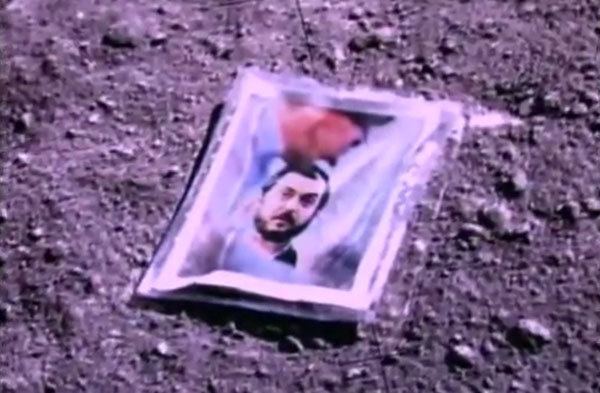
Five years after Apollo 11, Kubrick calls NASA to borrow the top-secret wide-aperture Zeiss lens he needs to make Barry Lyndon. As a result, Nixons successor decides to get rid of him as the last witness of the conspiracy. Informed of the threat to his life, Kubrick locks himself up in his home and never leaves it until his death.
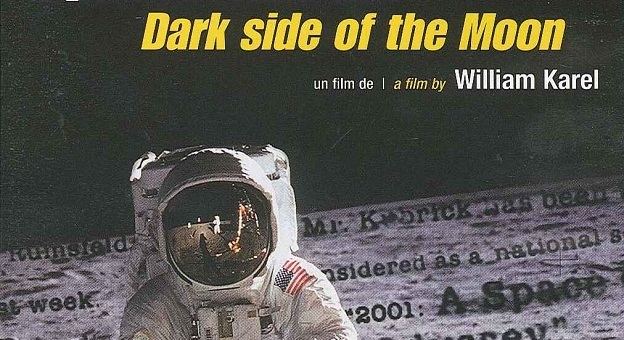
As a conclusion, General Vernon Walters accepts to reveal the secret of Kubricks demise, but unexpectedly dies the next evening: he has accepted to break the CIA rule of silence and anonymity.
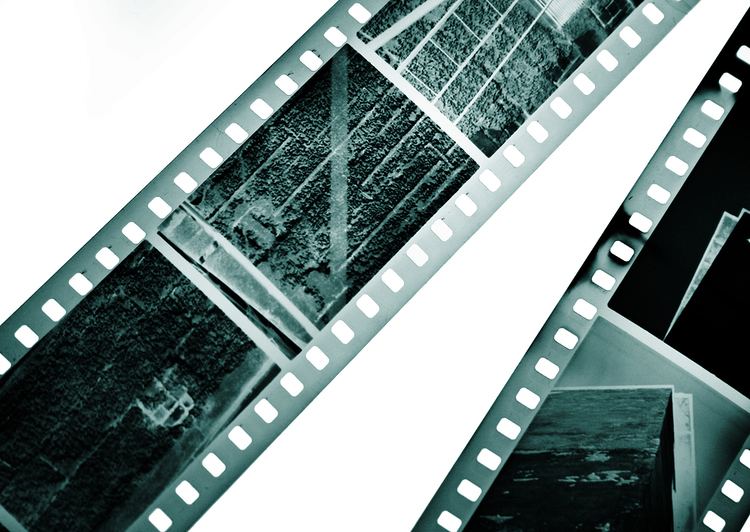
It is finally revealed that this is a mockumentary as the end credits roll over a montage of blooper reels, with the main participants laughing over their lines or over their inability to remember them.
Development
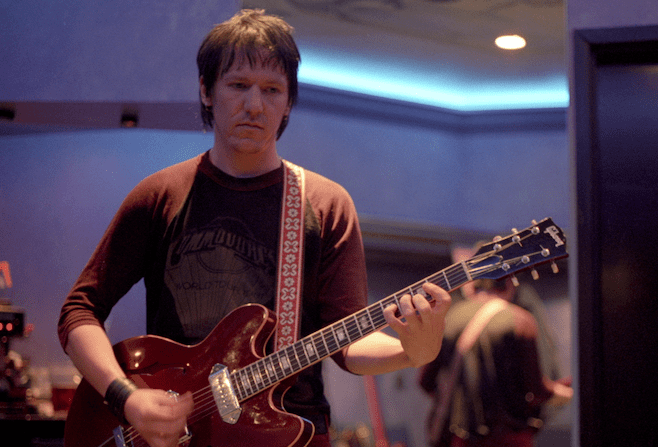
William Karel had just completed "Hollywood", a film based on lie, when he and the Documentary Unit of Arte had the idea of making a mockumentary, to play with the serious tonality of Arte but also for pleasure, and to make a funny film based on the idea that one must not believe everything that one is told, that witnesses can lie, archives can be tricked, any subject can be twisted by misleading subtitling or dubbing. They looked for a topic that would be universal and historical but not sensitive like a war. Hence the choice of the moon landing, which had for more than 30 years been a topic of debate regarding the reality of these images. They found it was a fairly funny topic.
Karel took care to avoid any conspiracist tonality. In particular, at no point is it said that Armstrong did not walk on the moon. The script just hypothesizes that the USA might have wanted a contingency plan in case the first steps could not be filmed. The arguments regarding the impossibility to operate a camera on the moon were found in websites.
Since it was impossible to know at what point of the film the spectators would start having doubts, parodic bloopers were added in the end credits to make the hoax obvious, in case someone would believe it until the end.
Elements
The film uses four main types of elements:
Special effects
The photo showing a portrait of Kubrick on the lunar soil is the only image in which special effect was used.
Giveaways
In addition to the increasingly incredible claims made as the film progresses, several factual errors of note are introduced by the narrator:
The fictitious witnesses are named after characters from movies directed by Stanley Kubrick or by Alfred Hitchcock, or W.A. Konigsberg (Woody Allens real name). They are listed in the credits along with the names of the actors portraying them.
The film crew member who takes shelter in a yeshiva in Brooklyn is said to be an "acidic" Jew. In the original French version the giveaway is more obvious: it is said that "he didnt work any more, he checked in with the Hasidic", ("Il ne travaillait plus, il pointait aux Hassidiques", which does not make sense in French but is an obvious pun between a branch of Judaism and ASSEDIC which was the French employment office at the time the film was made).
The soundtrack also includes the song "The American Dream" from Wag the Dog by Barry Levinson, a fiction feature about a secretly government-commissioned Hollywood production of a fake war. At one point, footage featuring the military boarding a plane is underscored by the "right, left, right, left" of Gunnery Sergeant Hartman (R. Lee Ermey) from Kubricks own film, Full Metal Jacket.
The most obvious giveaway appears in the closing credits with blooper reels showing the characters, real and fictitious alike, laughing over their lines or over their inability to remember them. But there is a final trick here, a "hoax within the hoax": the real characters are shown joking, giving the false impression that they are voluntarily part of the hoax. In fact at least one of these "jokes" - Kissinger saying that he would do it all over again - appears in Les hommes de la Maison Blanche where he turns out to be actually talking quite seriously about the war in Vietnam.
Actual "witnesses"
"He was great as our James Bond, getting us in and out secretly, even giving us code names," said Winston Lord, former president of the Council on Foreign Relations, who accompanied Mr. Kissinger to the secret talks with the Vietnamese
where the paper shown in the film says:General Walters last known public appearance was on a French Television documentary in which he talked about the White Houses involvement with the Apollo program in the late 1960s. Both the producer and director noted that Walters was in perfect shape.
Fictitious witnesses
The names of the fictitious winesses and of the actors impersonating them appear in the end credits. Moreover, Arte (co-producer and original broadcaster of the film) accompanied the airing in France by a web site featuring a quiz in which the player was led to guess in which film the names where the characters having those names were originally appearing. The following list reproduces the correct answers of the quiz.
Reception
Arte aired the film for the first time on 16 October 2002, and a second time on 1 April 2004, followed by a debate and accompanied by a web site including an interview of William Karel and a quiz demonstrating some of the giveways including the fake witnesses and out-of-context quotes from interviews. At the press screening before the first airing, some people who had missed the beginning left the screening room infuriated.
About ten television channels worldwide aired the film on 1 April 2004, and Channel 4 aired it in September the same year. Australian broadcaster SBS television aired the film on April 1 as an April fools joke, and again on 17 November 2008 as part of Kubrick week. It was aired again on 27 July 2009.
The producer proposed the film to the BBC, who liked it but rejected it because they perceived it as being part of an "anti-American campaign" in French documentaries.
Dark Side of the Moon and moon landing conspiracy theories
When the film was shown to a group of sociology students studying conspiracy theories, many mistakenly believed that this was a sincere and serious film. Furthermore, moon-landing hoax advocate Wayne Green cited the film as evidence for his views, apparently believing the out of context footage of Nixon staff was really about a moon landing hoax, as discussed on Jay Windleys "clavius.org" site defending the reality of the moon landings. Extracts ranging from a few minutes to the whole film stripped of the credits and key sequences have been posted on YouTube by conspiracy theorists as "proof" that, either the images on the moon are fake, or the moon landing itself never happened. Karel himself received e-mails congratulating him for "exposing the moon landing hoax", which amused him.
Awards
Influences
William Karel indicated that he found inspiration in Orson Welles radio broadcast The War of the Worlds, Capricorn One, and the docudramas by Peter Watkins. He refers to Dark side of the moon as a "documenteur", a French portmanteau word meaning "liar documentary" (from documentaire "documentary" + menteur "liar"), after the title of a film made by Agnes Varda in 1980-1981.
Other influences are the staging of well-known historical events for the camera, such as the raising of the flags at Iwo-Jima and at the Reichstag, the American landing in Somalia which was remade a couple of times for the cameras, examplifying the influence of cinema on news coverage.
The Zeiss 1:0.7 / 50 mm lens story
The starting point of the film is the alleged loan of a unique, secret lens by NASA to Kubrick. The truly rare, but not unique and definitely not secret, Carl Zeiss Planar 50mm f/0.7 lens was designed by Zeiss in 1966, on special request for NASA for the Apollo program, and a batch of ten were made. The cinematographer of Barry Lyndon, John Alcott, said that Kubrick bought three left over lenses from this batch, and had them extensively modified to make them usable on his 35 mm movie camera. Six other lenses of the batch had been sold to NASA, and the tenth one is at the German Movie Museum in Frankfurt. There is no evidence that NASA ever lent one of their own lenses to Kubrick.
Similar Movies
William Karel directed Dark Side of the Moon and The World According to Bush. A Funny Thing Happened on the Way to the Moon (2001). Barry Lyndon (1975). Forgotten Silver (1995). 2001: A Space Odyssey (1968).
Literature
References
Dark Side of the Moon (film) WikipediaDark Side of the Moon (documentary) Top Documentary FilmsDark Side of the Moon (documentary) Rotten TomatoesDark Side of the Moon (film) IMDb Dark Side of the Moon (film) themoviedb.org
